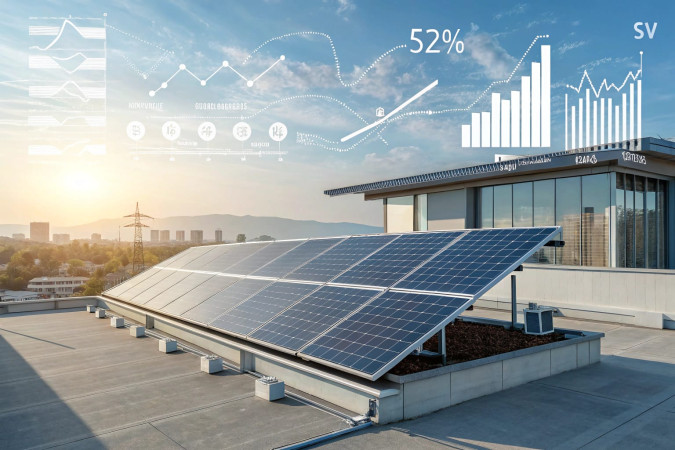
Follow India Renewable Energy News on WhatsApp for exclusive updates on clean energy news and insights
Trump Tariffs Threaten India’s Renewable Energy Growth and Solar Export Competitiveness
May 28, 2025
India’s renewable energy sector, which has made significant strides reaching 220.10 GW installed capacity by March 2025, faces new challenges from the US administration’s “reciprocal” tariffs on Indian solar modules. The 26% tariff risks halving India’s solar exports to the US—its largest market—thereby jeopardizing revenues and cash flows of solar manufacturers, many of which operate on thin margins.
The tariffs come amid a critical period where India requires an estimated $223 billion in investment to meet its ambitious 500 GW non-fossil energy target and net-zero goals. The protectionist move threatens capital inflows and increases financial risks for smaller manufacturers. Furthermore, the disruption threatens global supply chain diversification efforts as Chinese solar firms, restricted in the US, may flood the Indian market with cheap products, intensifying competition without strong anti-dumping measures.
India’s solar manufacturing remains heavily import-dependent, especially on China for polysilicon and rare earth elements, exposing the sector to volatile input costs. Since tariff tensions escalated, prices of key inputs like dysprosium and neodymium have surged, further squeezing manufacturers caught between rising input costs and declining export earnings.
To mitigate these risks, India must urgently ramp up domestic production of upstream components, streamline tendering and transmission processes, and improve procurement policies to ensure stable revenue visibility for investors. Strengthening its manufacturing ecosystem, fast-tracking PLI incentives, and diversifying critical mineral partnerships are essential to build resilience.
The article underscores that India’s over-reliance on global supply chains and export markets for solar components constitutes a strategic vulnerability. Moving up the value chain into advanced clean energy technologies and services like AI-driven grid solutions and green hydrogen can offer sustainable growth pathways amid rising geopolitical and trade uncertainties.